Nanny Fröman, Per Olof Fröman0521675766, 9780521675765, 0521812097, 9780521812092, 9780511020506
Table of contents :
Cover……Page 1
Half-title……Page 3
Title……Page 5
Copyright……Page 6
Contents……Page 7
Preface……Page 13
1.1.1 Carlini’s pioneering work……Page 17
1.1.2 The work by Liouville and Green……Page 19
1.1.4 Scheibner’s alternative to Carlini’s treatment of planetary motion……Page 20
1.1.6 First traces of a connection formula……Page 21
1.1.7 Publications 1915–1921……Page 22
1.1.9 The method is rediscovered in quantum mechanics……Page 23
1.2 Development after 1926……Page 24
2.1 Form of the wave function and the q-equation……Page 28
2.2 Phase-integral approximation generated from an unspecified base function……Page 29
2.3 F-matrix method……Page 37
2.3.1 Exact solution expressed in terms of the F-matrix……Page 38
2.3.2 General relations satisfied by the F-matrix……Page 41
2.3.4 Basic estimates……Page 42
2.3.5 Stokes and anti-Stokes lines……Page 44
2.3.6 Symbols facilitating the tracing of a wave function in the complex z-plane……Page 45
2.3.7 Removal of a boundary condition from the real z-axis to an anti-Stokes line……Page 46
2.3.8 Dependence of the F-matrix on the lower limit of integration in the phase integral……Page 48
2.4 F-matrix connecting points on opposite sides of a well-isolated turning point, and expressions for the wave function in………Page 51
2.4.1 Symmetry relations and estimates of the F-matrix elements……Page 52
2.4.2 Parameterization of the matrix………Page 54
2.4.2.1 Changes of Alpha, Beta and Gamma when x1 moves in the classically forbidden region……Page 56
2.4.2.2 Changes of Alpha, Beta and Gamma when x2 moves in the classically allowed region……Page 57
2.4.2.3 Limiting values of Alpha, Beta and Gamma……Page 58
2.4.3 Wave function on opposite sides of a well-isolated turning point……Page 59
2.4.4 Power and limitation of the parameterization method……Page 61
2.5 Phase-integral connection formulas for a real, smooth, single-hump potential barrier……Page 62
2.5.1 Exact expressions for the wave function on both sides of the barrier……Page 64
2.5.2 Phase-integral connection formulas for a real barrier……Page 66
2.5.2.1 Wave function given as an outgoing wave to the left of the barrier……Page 69
2.5.2.2 Wave function given as a standing wave to the left of the barrier……Page 70
3.1 Base function for the radial Schrödinger equation when the physical potential has at the most a Coulomb singularity at………Page 75
3.2 Base function and wave function close to the origin when the physical potential is repulsive and strongly singular at………Page 77
3.3 Reflectionless potential……Page 78
3.4 Stokes and anti-Stokes lines……Page 79
3.6 Properties of the phase-integral approximation along a path on which the absolute value of exp[iw(z)] is monotonic in………Page 82
3.7 Determination of the Stokes constants associated with the three anti-Stokes lines that emerge from a well-isolated………Page 85
3.8 Connection formula for tracing a phase-integral wave function from a Stokes line emerging from a simple transition zero………Page 88
3.9 Connection formula for tracing a phase-integral wave function from an anti-Stokes line emerging from a simple transition………Page 89
3.10 Connection formula for tracing a phase-integral wave function from a classically forbidden to a classically allowed………Page 90
3.11 One-directional nature of the connection formula for tracing a phase-integral wave function from a classically………Page 93
3.12 Connection formulas for tracing a phase-integral wave function from a classically allowed to a classically forbidden………Page 95
3.13 One-directional nature of the connection formulas for tracing a phase-integral wave function from a classically allowed………Page 97
3.14 Value at the turning point of the wave function associated with the connection formula for tracing a phase-integral………Page 99
3.15 Value at the turning point of the wave function associated with a connection formula for tracing the phase-integral………Page 103
3.16 Illustration of the accuracy of the approximate formulas for the value of the wave function at a turning point……Page 104
3.17 Expressions for the a-coefficients associated with the Airy functions……Page 107
3.18 Expressions for the parameters Alpha, Beta, and Gamma when………Page 112
3.19 Solutions of the Airy differential equation that at a fixed point on one side of the turning point are represented by a………Page 114
3.20 Connection formulas and their one-directional nature demonstrated for the Airy differential equation……Page 118
3.21 Dependence of the phase of the wave function in a classically allowed region on the value of the logarithmic derivative………Page 121
3.22 Phase of the wave function in the classically allowed regions adjacent to a real, symmetric potential barrier, when the………Page 123
3.23 Eigenvalue problem for a quantal particle in a broad, symmetric potential well between two symmetric potential barriers………Page 131
3.24 Dependence of the phase of the wave function in a classically allowed region on the position of the point x1 in an………Page 133
3.25 Phase-shift formula……Page 137
3.26 Distance between near-lying energy levels in different types of physical systems, expressed either in terms of the………Page 139
3.27 Arbitrary-order quantization condition for a particle in a single-well potential, derived on the assumption that the………Page 141
3.28 Arbitrary-order quantization condition for a particle in a single-well potential, derived without the assumption that………Page 143
3.29 Displacement of the energy levels due to compression of an atom (simple treatment)……Page 146
3.30 Displacement of the energy levels due to compression of an atom (alternative treatment)……Page 149
3.31 Quantization condition for a particle in a smooth potential well, limited on one side by an impenetrable wall and on………Page 153
3.32 Energy spectrum of a non-relativistic particle in a potential proportional to………Page 156
3.33 Determination of a one-dimensional, smooth, single-well potential from the energy spectrum of the bound states……Page 158
3.34 Determination of a radial, smooth, single-well potential from the energy spectrum of the bound states……Page 160
3.35 Determination of the radial, single-well potential, when the energy eigenvalues are………Page 163
3.36 Exact formula for the normalization integral for the wave function pertaining to a bound state of a particle in a………Page 166
3.37 Phase-integral formula for the normalized radial wave function pertaining to a bound state of a particle in a radial………Page 168
3.38 Radial wave function psi(z) for an s-electron in a classically allowed region containing the origin, when the………Page 171
3.39 Quantization condition, and value of the normalized wave function at the origin expressed in terms of the level density………Page 176
3.40 Expectation value of an unspecified function f(z) for a non-relativistic particle in a bound state……Page 179
3.41 Some cases in which the phase-integral expectation value formula yields the expectation value exactly in the………Page 182
3.42 Expectation value of the kinetic energy of a non-relativistic particle in a bound state. Verification of the virial………Page 183
3.43 Phase-integral calculation of quantal matrix elements……Page 185
3.44 Connection formula for a complex potential barrier……Page 187
3.45 Connection formula for a real, single-hump potential barrier……Page 197
3.46 Energy levels of a particle in a smooth double-well potential, when no symmetry requirement is imposed……Page 202
3.47 Energy levels of a particle in a smooth, symmetric, double-well potential……Page 206
3.48 Determination of the quasi-stationary energy levels of a particle in a radial potential with a thick single-hump barrier……Page 208
3.49 Transmission coefficient for a particle penetrating a real single-hump potential barrier……Page 213
3.50 Transmission coefficient for a particle penetrating a real, symmetric, superdense double-hump potential barrier……Page 216
References……Page 221
Author index……Page 225
Subject index……Page 227
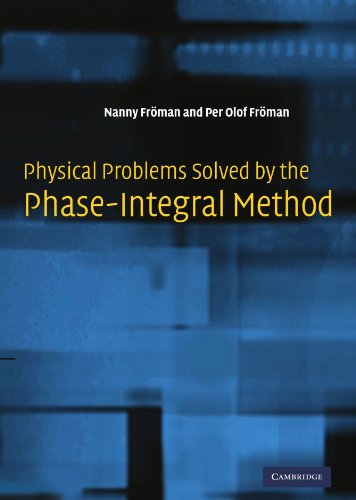
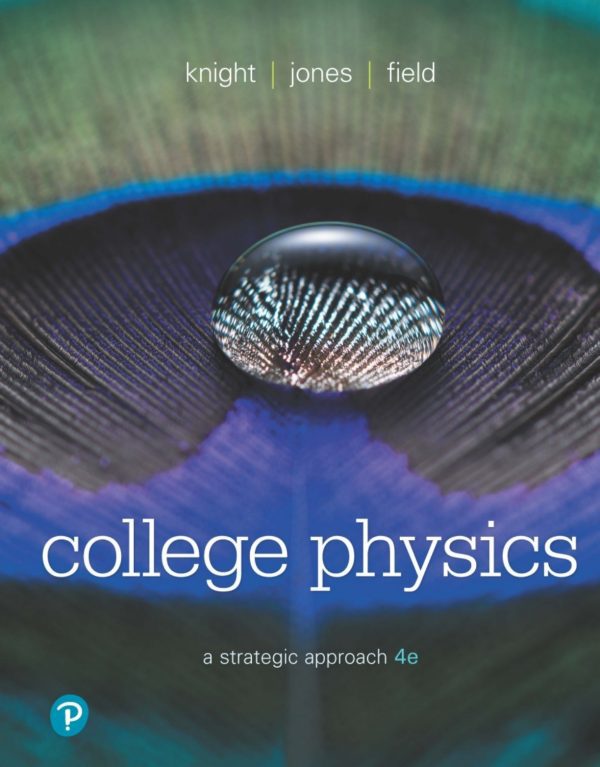
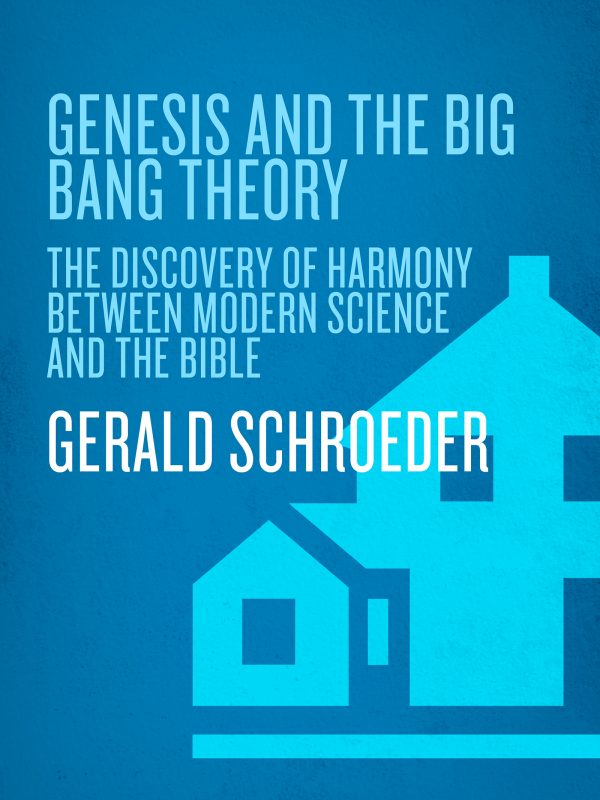
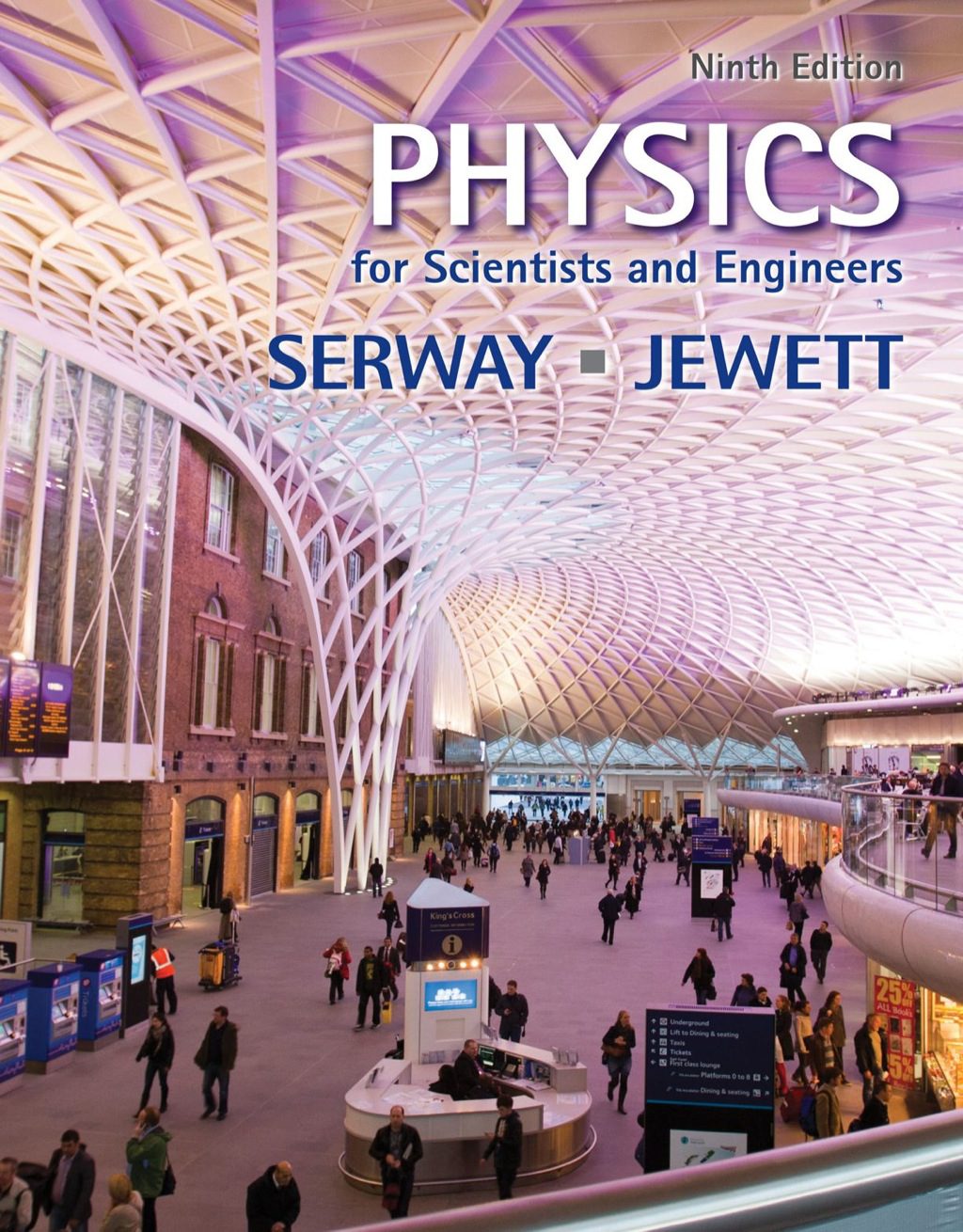
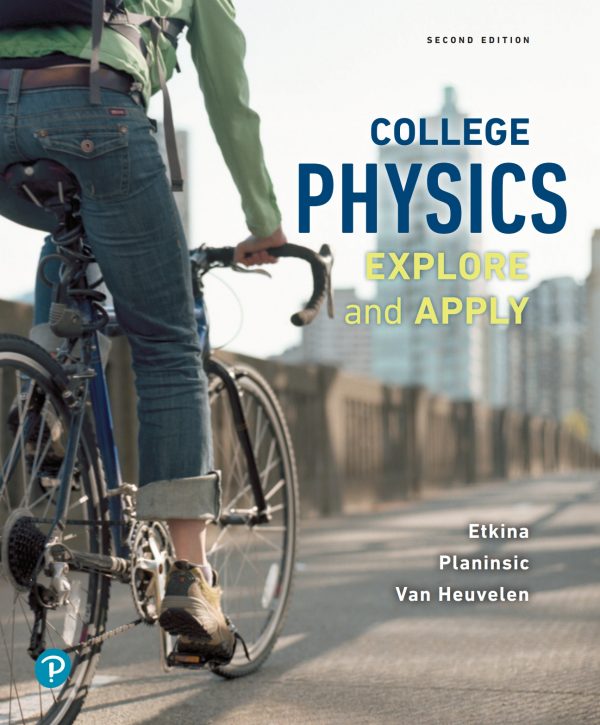
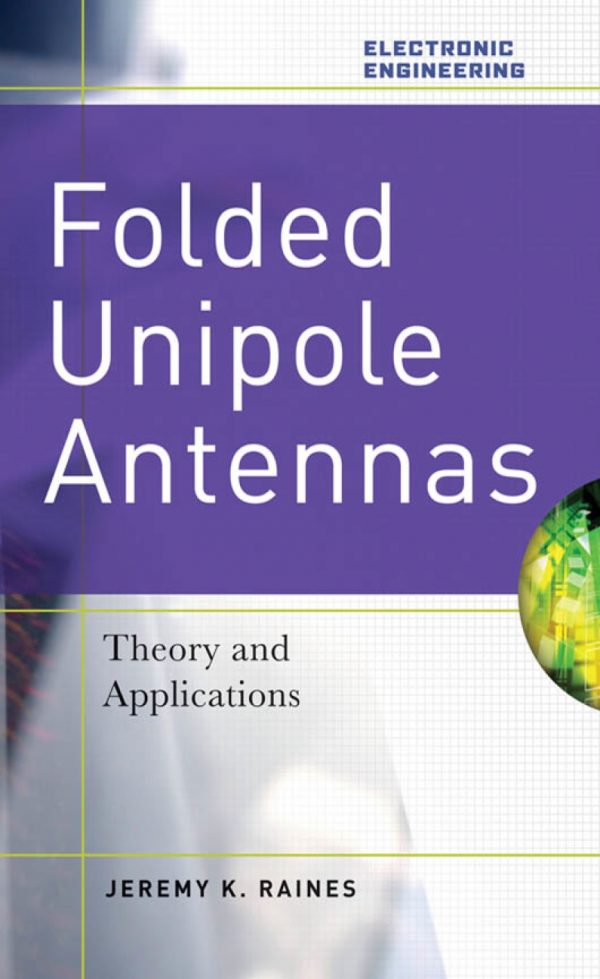
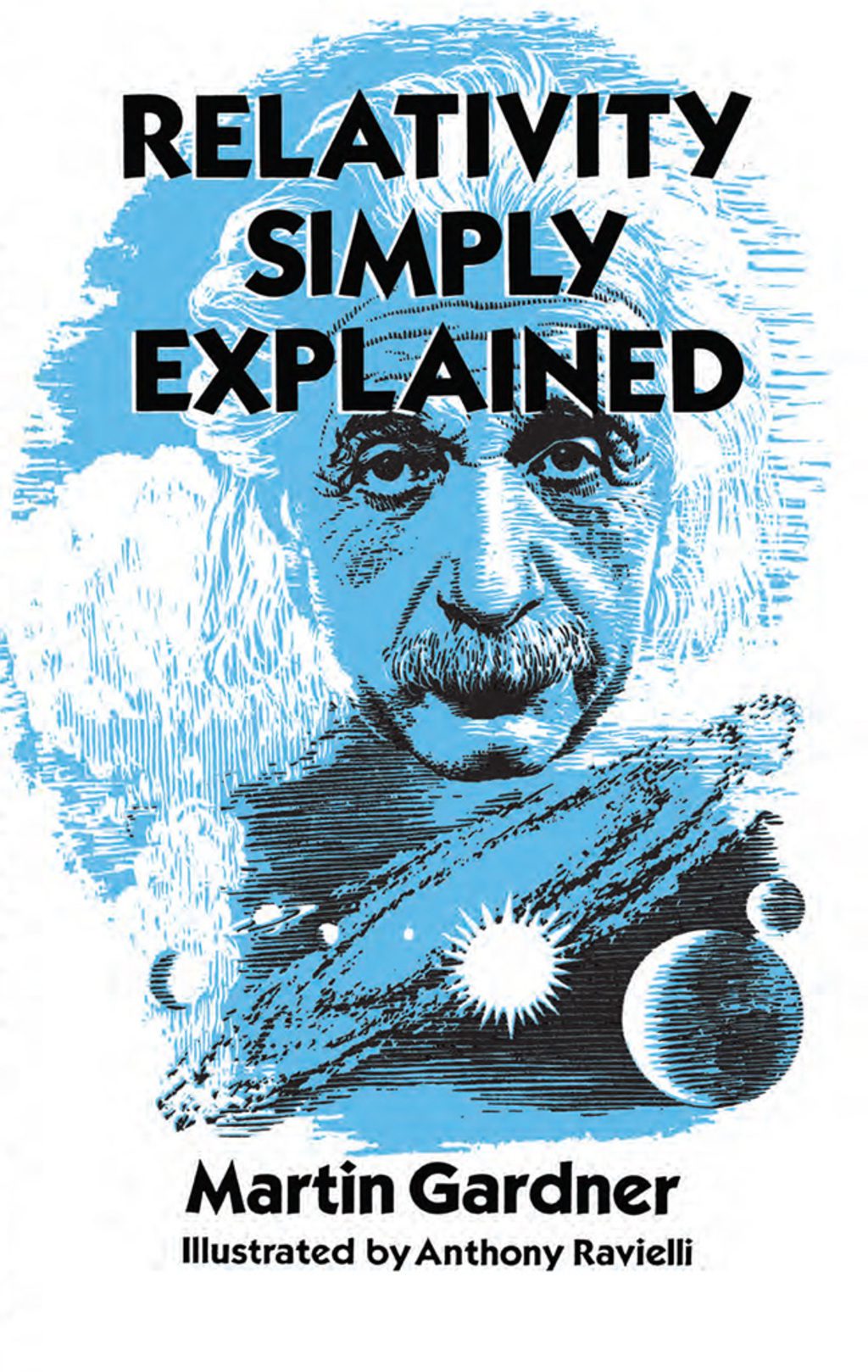
Reviews
There are no reviews yet.